#Anatxu Zabalbeascoa
Explore tagged Tumblr posts
Text






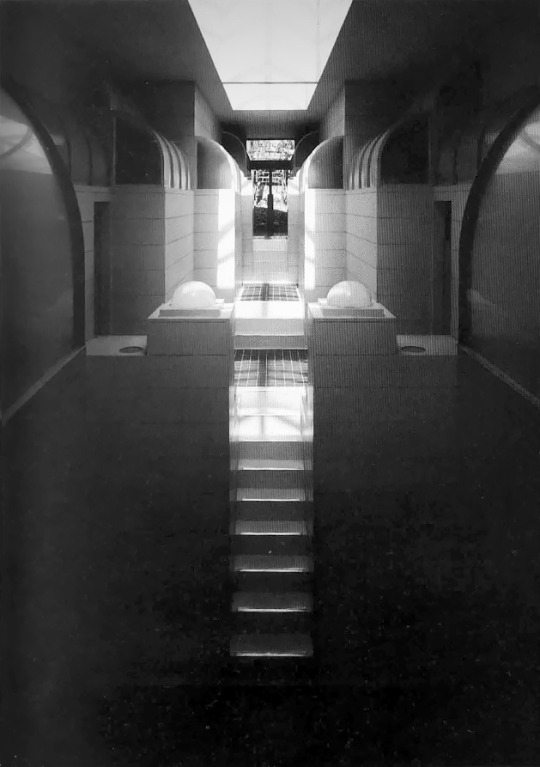



1096. Hiroshi Hara /// Hara House /// Tsurukawa, Machida, Tokyo, Japan /// 1973-98
OfHouses presents: Japanese Architects, part V - Hiroshi Hara. (Photos: © Shinkenchiku-sha, A. Omori. Source: ‘JA The Japan Architect’ 34/1999; Chris Fawcett, ‘The new Japanese house: ritual and anti-ritual patterns of dwelling’, New York: Harper & Row, 1980; Anatxu Zabalbeascoa, 'The house of the architect', New York: Rizzoli, 1995.) — This project will be published in our upcoming book: ’Japanese Fields | OfHouses.’
#ofhouses#oldforgottenhouses#japanesearchitects5#hiroshi hara#70s#japan#www.ofhouses.com#thecollectionofhouses#japanesefieldsofhouses
81 notes
·
View notes
Text

Anatxu Zabalbeascoa · entrevista a Marco Martella · El País Semanal
4 notes
·
View notes
Text
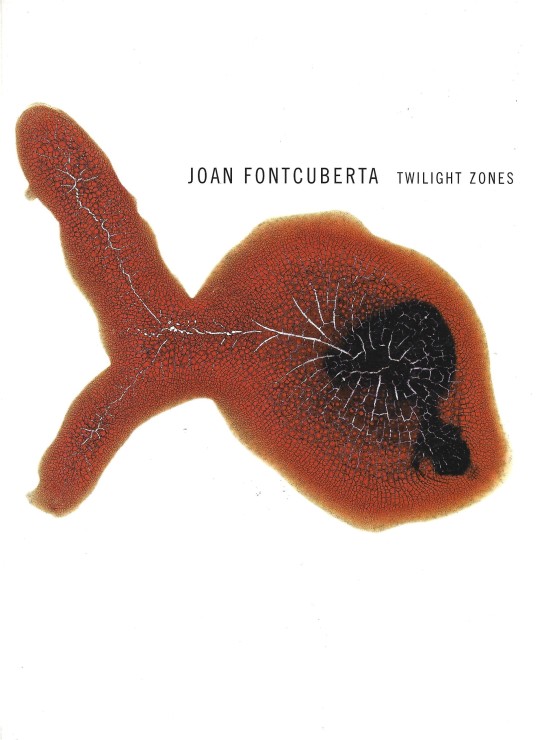


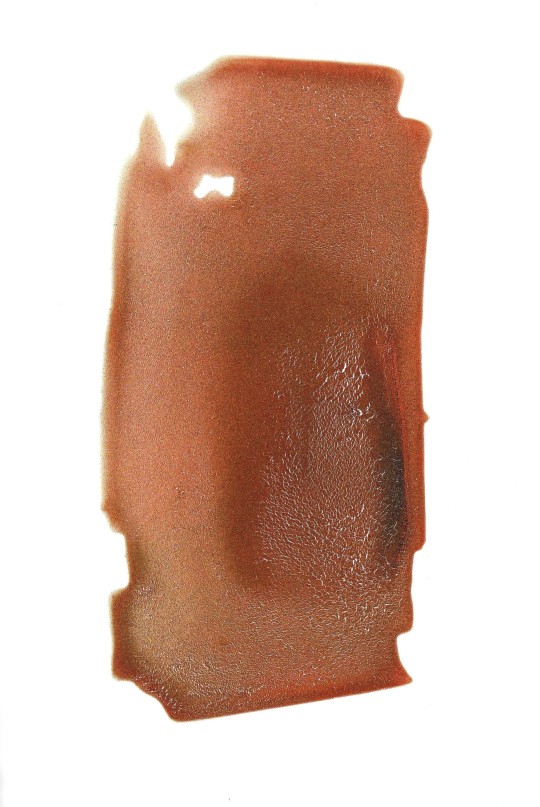



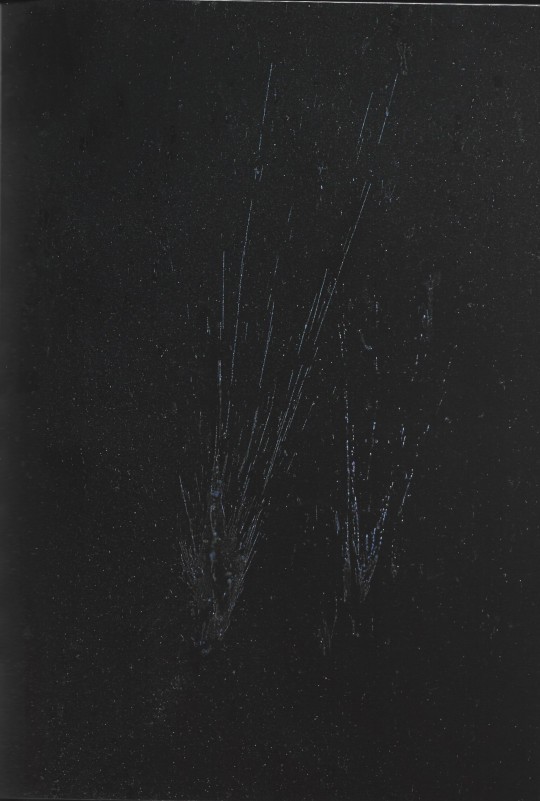
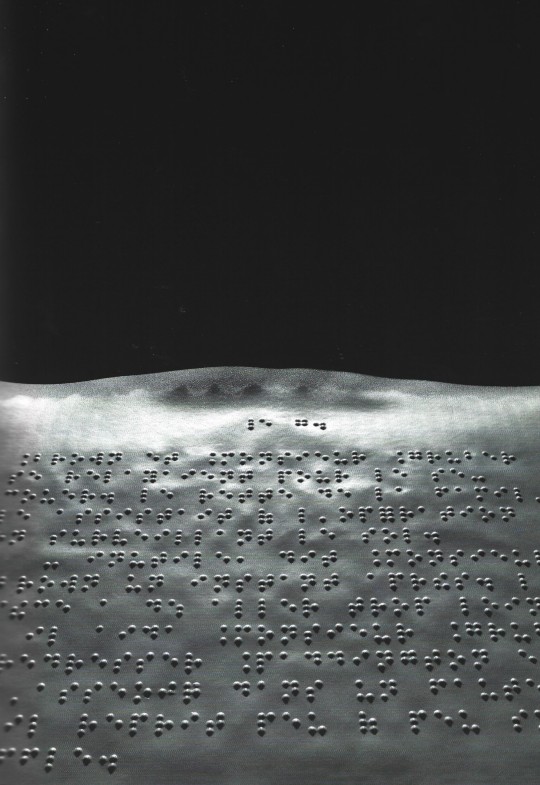
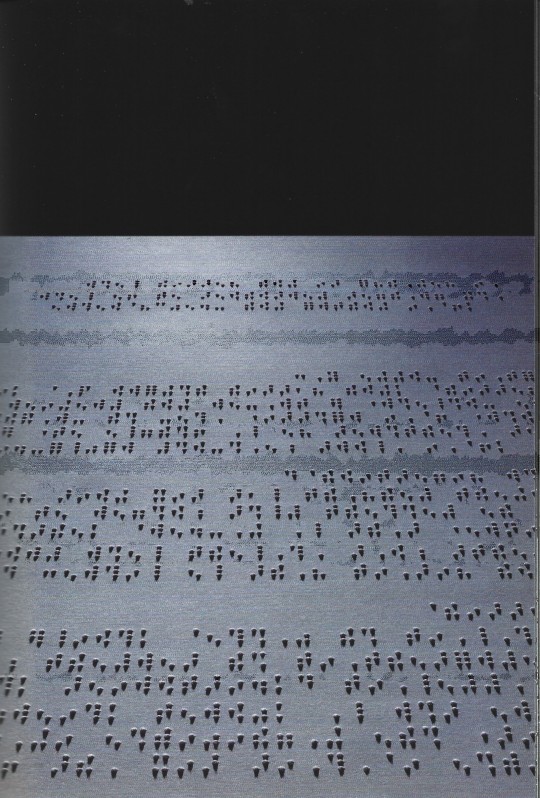


Joan Fontcuberta Twilight Zones
Essays (in English) by Jorge Wagensberg, Martí Peran and Anatxu Zabalbeascoa.
Graphic Design Ramon Prat, Collaboration Leandre Linares, Anna Tetas
Exhibion Curator Anatxu Zabalbeascoa, Coordination Carmen Diaz
Actar Publishing, Barcelona 2000, 160 pages, Hardcover, with 75 four-color plates and additional color and black and white illustrations finely printed full-bleed on heavy paper by Ingoprint, 17x24,5cm, ISBN 84-95272-15-2
euro 50,00
email if you want to buy : [email protected]
A beautiful exhibition catalogue that presents three of Fontcuberta's most minimalist and poetic series: Haemograms, Constellations, and Semiopolis, together with fine essays.
This book brings together three recent projects by international artist Joan Fontcuberta, "Constellations", "Haemograms",and "Semiopolis", featuring images of dramatic celestial landscapes, science fiction urban utopias, and abstract and minimalist smears of blood.
Includes an exhibition history and selected bibliography.
25/10/23
#Joan Fontcuberta#Twilight Zones#art exhibition catalogue#Haemograms#Constellations#Semiopolis#art books#fashionbooksmilano
17 notes
·
View notes
Text
no pasa de moda:
"Lo radical siempre vuelve."
Anatxu Zabalbeascoa elpais.com 28.05.23
0 notes
Text
Anatxu Zabalbeascoa: Carlo Ginzburg: “El miedo está siempre disponible, la cuestión es quién lo usa”Anatxu Zabalbeascoa
Leer la entrevista

View On WordPress
0 notes
Text
Lo esencial. Una guía de diseño para la vida

Hilvana con acierto el repaso de una vida burguesa en una de las familias más notables de la sociedad catalana y las lecciones de una vida dedicada a depurar su visión del diseño: útil, ingeniosa, discreta. El libro, escrito en primera persona, toma la forma de una autobiografía, aunque parece que la labor de edición de Anatxu Zabalbeascoa ha sido fundamental estructurando los pensamientos y recuerdos de Miguel Milá y convirtiéndolos en un libro que, además de bonito y fácil de leer, aporta grandes dosis de sabiduría, vivencias y humanismo.
Goodreads
0 notes
Text
Water and biodegradable, compostable, recyclable packaging...

New 100% biodegradable Cabreiroá water bottle.
What are the advantages of aluminum, paper or biobased polymer packaging? What are your problems still?
The Cabreiroá brand[1] —of the Spanish company Hijos de Rivera[2]— has just presented, at the Bilbao Food 4 Future fair[3], a 100% biodegradable compostable bottle[4]. It is a container produced with PLA[5], a bio-based polymer in sugar cane that does not generate waste, degrades after less than 90 days of industrial composting, unlike the centuries it takes for a plastic bottle to disappear in the ocean. Cabreiroá's packaging also takes care of the labels, pigments and inks, otherwise it would be an absurd product.
This company's commitment to reuse, recycle, regenerate and minimize dates back to other initiatives —such as the one they signed two years ago launching eco-returnable glass containers[6] or the attempt to sell water in bricks from the recycling of other bottles. The company, whose water and healthy drinks business is run by Álvaro García de Quevedo, focuses its ecological transition on three legs: eco-packaging, the reduction of CO2 emissions at its own spring and the environmental activism of its participation in social projects.
All in all, García de Quevedo himself recognised in the presentation of the new bottle that its entry into the market is going to be progressive, that is, slow. Why?
There are several beverage brands that have tried to stop using plastic bottles. In 2019, the Cove Water bottle appeared, 100% compostable. In the United Kingdom, One Less Bottle[7] and in the United States Just Water[8] are made with materials that come largely (82%) from vegetables[9] and reduce carbon emissions by 72%.

CanO Water can, recyclable aluminum alternative.
There are also aluminum cans, such as the British CanO Water[10], because this material can be recycled for centuries.
However, the world of packaging, with refill options in stores[11], is a place of continuous change and transformation that is as incipient as it is necessary. But only nascent. That is why companies do a lot of research and make little progress.
There are many factors to take into account. There is, of course, the price of the bottles, the machinery they need, the water consumption they make for their own recycling, the vegetable matter they dedicate to the production of the containers or the need to industrially compost that number of bottles. All these criteria generate doubts that slow down an urgent change that, possibly, points towards an unexpected direction or towards several at the same time: change in the consumption habit, to the use of the bottles that we carry with us, to the economic penalty for not recycling or, even, to the civic world that would mean a return to the sources.
Source
Anatxu Zabalbeascoa, Agua y envases biodegradables, compostables, reciclables…, in El País, 14-06-2023; https://elpais.com/cultura/del-tirador-a-la-ciudad/2023-06-14/agua-y-envases-biodegradables-compostables-reciclables.html
[1] Cabreiroá presents its Origin Project to transform the entire water bottling process into an eco-sustainable and carbon neutral business. By the end of 2021, its packaging catalog will be much more circular, reaffirming its purpose of generating a positive impact on the planet, on society and on people.; https://elpais.com/sociedad/proyecto-origen/2021-05-19/el-cambio-medioambiental-empieza-en-un-manantial-gallego.html
[2] Hijos de Rivera, S.A. is a Spanish brewery founded in 1906 in the city of A Coruña, Galicia. The main brand is Estrella Galicia, a 5.5% abv pale lager.
[3] https://www.expofoodtech.com/f4f-show/
[4] Until not long ago, plastic bottles could not be squeezed so that they took up less space in the garbage can. The companies solved it by decreasing its thickness and drawing some bending guides in their design. With this little innovation, bottles fold up easily today. In this way, more used units fit in the same bin, the use of garbage bags is reduced and the trips of the collection trucks are optimized. But there is still a lot of room to refine a package and reduce its environmental impact. And it is that for Coca-Cola the containers represent 40% of its carbon footprint of the value chain. As its goal is to be emissions neutral by 2040 in Europe, Coca-Cola is working on improving the sustainability of its packaging and moving forward to achieve the bottle of the future. https://elpais.com/branded_content/2021-12-10/el-camino-hacia-el-envase-del-futuro.html
[5] Polylactic acid, also known as poly(lactic acid) poly, lactic, acid or polylactide (PLA), is a thermoplastic polyester with backbone formula (C3H4O2)n or [–C(CH3)HC(=O)O–]n, formally obtained by condensation of lactic acid C(CH3)(OH)HCOOH with loss of water (hence its name). It can also be prepared by ring-opening polymerization of lactide [–C(CH3)HC(=O)O–]2, the cyclic dimer of the basic repeating unit.
[6] A group of sustainability specialists have created a platform where they compile reports and studies so that companies that manufacture or market packaging can design them and reduce their carbon footprint; https://elpais.com/sociedad/proyecto-origen/2021-05-19/el-cambio-medioambiental-empieza-en-un-manantial-gallego.html
[7] https://www.onelessbottle.eco/
[8] https://justwater.com/pages/about
[9] Tetra Pak is working towards a food and beverage package made only from renewable plant-based materials, responsibly managed, fully recyclable and carbon neutral; https://elpais.com/sociedad/2022-06-15/como-sera-el-envase-para-alimentos-y-bebidas-del-futuro.html. Read also: https://www.tumblr.com/earaercircular/717832356401184768/applying-environmental-criteria-in-packaging?source=share
[10] https://canowater.com/
[11] Read also: https://www.tumblr.com/earaercircular/680952427432886272/the-first-self-service-eco-bottling-plant-for?source=share
0 notes
Text
La arquitectura de las relaciones | Miguel Ángel Díaz Camacho
La escuela Montessori de Herman Hertzberger supuso una profunda revisión del programa educativo de aulas y corredores1, proponiendo un sistema de relaciones capaz de estimular nuevas situaciones y entornos para el aprendizaje. La escala doméstica de la escuela propone en sí misma una cierta familiaridad, una empatía natural con el primer universo de los niños: la casa. La entrada, única, se presenta como una primera habitación exterior, un espacio de encuentro delicadamente establecido entre la diagonal de paso y sus rincones estanciales intramuros.
[...]
#2G#Agnieszka Stepien#Alberto Ruiz Colmenar#Alejandro de la Sota#Anatxu Zabalbeascoa#Antonio Palacios#aprender#arquitectura#aula#Beijing#Cedric Price#ciudad#colegio#educación#enseñanza#equipamiento docente#escuela de arquitectura#espacio#exposición universal#Francisco Burgos Ruiz#Frank Lloyd Wright#friedrich august von hayek#GATEPAC#Herman Hertzberger#idea#kazuhiro kojima#Lorenzo Barnó#Louis I. Kahn#maestro#Miguel Ángel Díaz Camacho
6 notes
·
View notes
Text
Madrid Design Festival 2019
Madrid Design Festival 2019
Del 1 al 28 de febrero de 2019 se desarrollará la segunda edición del exitoso Madrid Design Festival.
El clásico instantáneo de la capital española, que coloca a Madrid un año más en el centro de la actividad de Diseño. Un merecido lugar que tenía pendiente, especialmente durante la gestación de una escena vibrante e interesante del diseño.
Con el lema «rediseñar el mundo », pretende poner en…
View On WordPress
#Alvaro Matias#anatxu zabalbeascoa#Inma Berm��dez#La Fabrica#Lucas Muñoz#Martí Guixé#Nelly Ben Hayoun#Quico Vidal#Ramón Úbeda
0 notes
Link
https://objecteiespai.tumblr.com/post/187941416104/del-mundo-al-museo-tmc-1960-miguel-mil%C3%A1
https://objecteiespai.tumblr.com/post/189266945704/santa-cole-on-instagram-craftsmanship-does
Bibliografia
vimeo
vimeo
vimeo
3 notes
·
View notes
Text
Loewe Craft Prize 2020: Nominierung der 30 Finalisten
Loewe Craft Prize 2020: Nominierung der 30 Finalisten
Edu Tarin ‘G0’ Schmuckstücke, Malachit, Tigerauge, Lapislazuli, Aluminium und Nylon Edu Tarín kombiniert traditionelle Steinmetztechniken mit neuen Technologien für das Steinschneiden, um zwei exquisite Stücke zu schaffen – einen Anhänger und eine skulpturale Basis – die zusammen und getrennt funktionieren. Der handgeschnitzte Anhänger passt mittels 3D-Scans und Gravur perfekt in die Basis. Das…
View On WordPress
#Anatxu Zabalbeascoa#Benedetta Tagliabue#Deyan Sudjic#Genta Ishizuka#Gestaltung#Handwerk#Handwerkspreis#Innovation#Inspiration#Jonathan Anderson#Kreativdirektor#Kunsthandwerk#LOEWE CRAFT PRIZE 2020#LOEWE Foundation#Meisterschaft#Musee des arts Decoratifs#Nachhaltigkeit#Nominierung#Patricia Urquiola#Preisträger#Recycling
0 notes
Photo



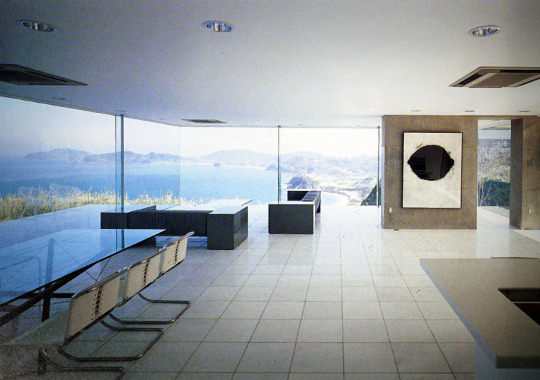

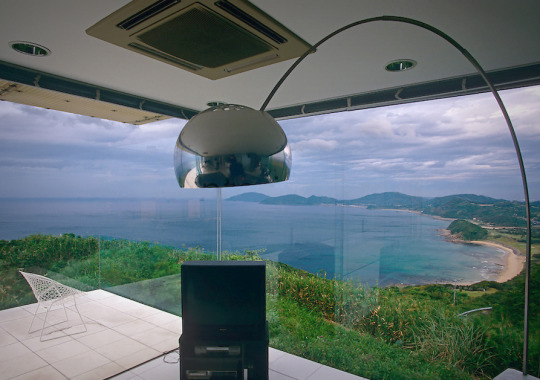




1040. Shoei Yoh /// Another Glass House Between Sea and Sky /// Shimanogita, Itoshima, Fukuoka, Japan /// 1984-91
OfHouses presents: Readings, part V - ‘The House Book’. (Photos: © Jaime Ardiles-Arce, E. Morin. Source: ‘Architectural Digest’ 05/1995; Anatxu Zabalbeascoa, ‘The house of the architect’, New York: Rizzoli, 1995; Jean-Louis André, ‘Maisons privées d'architectes’, Paris: Chêne, 2010; Dirk Meyhöfer, ‘Contemporary Japanese Architects’, Köln: Benedikt Taschen, 1994; ‘The House Book’, London: Phaidon Press, 2004.)
236 notes
·
View notes
Photo

“Acho que Tolstoi se enganava quando dizia que as famílias infelizes tinham cada uma sua história enquanto as felizes contavam sempre a mesma. Há um milhão de maneiras de ser feliz. O problema é que a frase de Tolstoi é tão bonita que não nos damos conta de que não é correta. Ninguém se pergunta se é ou não. Tem autoridade, mas nem toda a beleza é verdade.”
“Estamos muito distraídos. Consultamos o celular uma média de 120 vezes por dia, e um romance requer tempo. Há uma tendência a pensar que se você está lendo um livro é porque não tem nada para fazer. Como leitor busco autoridade: se você lê a primeira página, quase de imediato pode saber se está em boas mãos. A inteligência é crucial. Não só a imaginação. Gosto de ler alguém preparado para dizer algo sobre o mundo.”
“Para minha geração [as drogas] eram um símbolo de liberação, mas hoje estão enredadas com a pobreza, vão de mãos dadas, como siameses. Para um rico, as drogas podem ser um luxo. Para os pobres são sempre um poço.”
“Sou contra qualquer religião. Não vão desaparecer, mas como instituições estão demonstrando que não fazem com que as pessoas se comportem melhor. Acho que elas têm muitas explicações a dar sobre seu apoio à repressão sexual, a falta de curiosidade sobre o mundo e o tratamento das crianças. Alguém que não pode tratar bem as crianças está em bancarrota ética.”
“Na infância nada dura. Tudo é transição. Mas acho que se tivermos filhos nossa morte importa um pouco menos.”
“Nem todos querem matar o pai. Acho que Freud estava errado. Em tudo.”
“É difícil imaginar a existência de seus pais antes de sua chegada. O contexto social decide. Se você cresceu nos anos cinquenta, seus pais não falavam com você, davam ordens. Amavam você, mas não se sentavam para falar de Deus ou biologia. Na década de sessenta, e esse é o benefício não analisado daquela década, as relações humanas entre adultos e crianças ficaram mais relaxadas. Não me lembro de nenhuma conversa transcendente com meus pais até ter 20 ou 30 anos, e fiz algumas perguntas. Saio de férias com meus filhos, mas quando tinha 17 anos tudo que queria era ir embora de casa.”
“A felicidade é um tema perigoso. As pessoas perguntam como você se atreve a ser feliz da forma como anda o mundo.”
“É importante sair e se colocar à prova, mas a Inglaterra é o meu tema. Se tivesse 22 anos eu iria para Berlim. Vou comer regularmente com Tim Garton Ash e na última vez ele me contou que se Le Pen ganhasse, muitos judeus franceses emigrariam. Quando perguntei aonde iriam, ele me pediu para adivinhar: para a Alemanha. Que guinada da história.”
- Alguns momentos da entrevista que o escritor Ian McEwan concedeu à jornalista e historiadora Anatxu Zabalbeascoa, para o El País.
#blog#anatxu zabalbeascoa#Literatura#Ian McEwan#el país#Sigmund Freud#marine le pen#alemanha#berlim#liev tolstoi#timothy garton ash
0 notes
Link
La casa del arquitecto de Anatxu Zabalbeascoa - Sucre (Caracas, venezuela) - Lectura y libros (Compraventa) [Anuto]
1 note
·
View note
Text
[PDF EBOOK EPUB] The Architect's Office ( ReaD )
Download Or Read Online Ebook at:
http://read.ebookcollection.space/?book=0823002330
Download/Read The Architect's Office Ebook
information book:
Author : Anatxu Zabalbeascoa
Pages : 192
Language :
Release Date :1996-11-1
ISBN :0823002330
Publisher :Watson-Guptill Publications
BOOK DESCRIPTION:
How do great architects design offices for their own firms? A tour of workspaces of internationally renowned architects shows the diverse approaches taken, from traditional to avantgarde to post-modern. Gehry, Graves, Gwathmey/ Siegel, Holl, Morphosis, Meier, Liebeskind, Stern, and Venturi are among the stellar design talents represented.
The Architect's Office pdf download
The Architect's Office audiobook download
The Architect's Office read online
The Architect's Office epub
The Architect's Office pdf full ebook
The Architect's Office amazon
The Architect's Office audiobook
The Architect's Office pdf online
The Architect's Office download book online
The Architect's Office mobile
The Architect's Office pdf free download
download ebook PDF EPUB, book in english language, Download pdf kindle audiobook
0 notes
Photo



En EME, la nueva revista de diseño y tendencias de El Mundo realizaron en el último número un simpático repaso por la evolución a lo largo de la historia de la silla, uno de los grandes fetiches del diseño. A lo largo de tres coloradas páginas, Mar Muñiz nos repasa las más icónicas en un recorrido realizado por Anatxu Zabalbeascoa en el libro Chairs.
» EME (El Mundo) #2, de marzo de 2018.
2 notes
·
View notes